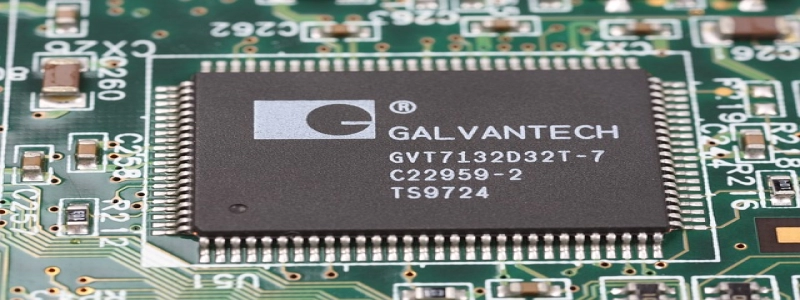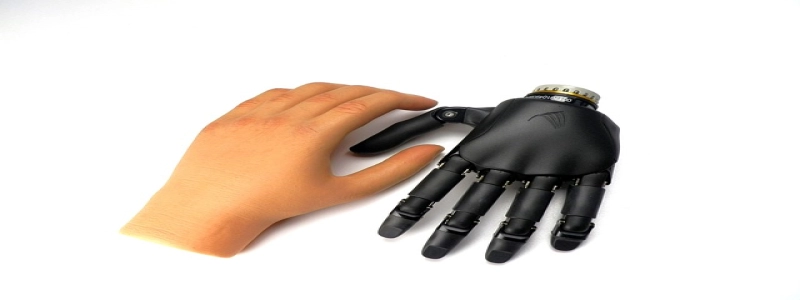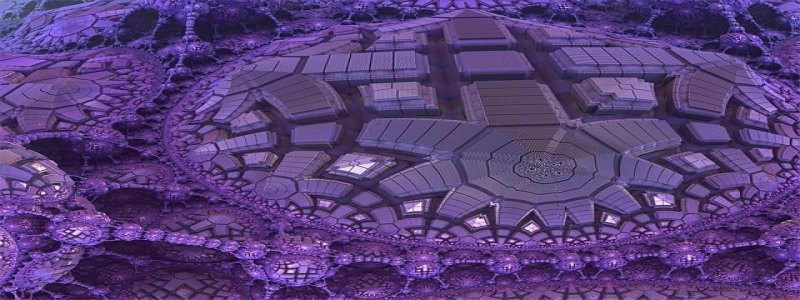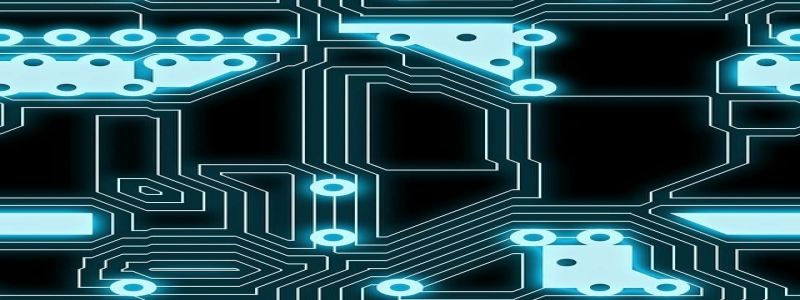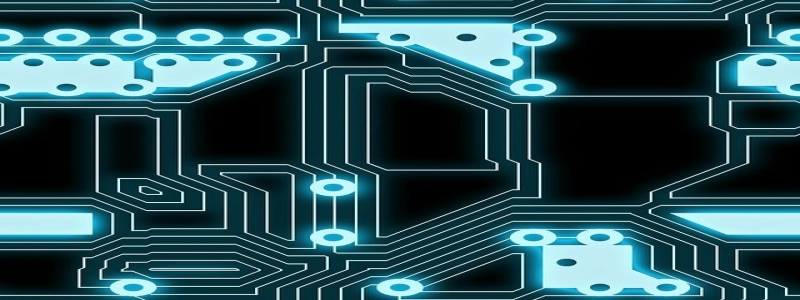标题: Difference Between Cat 5 and Cat 6 Ethernet Cables
Introduction:
Ethernet cables are an essential component of any wired network. They allow for the transmission of data between devices such as computers, routers, and modems. Two popular types of Ethernet cables are Cat 5 and Cat 6. While they may appear similar at first glance, there are significant differences between the two in terms of performance and capabilities.
Cat 5 Ethernet Cables:
Cat 5 cables, also known as Category 5 cables, are the older and more commonly used option. These cables can handle data transfer speeds of up to 1000 Mbps, which is suitable for most home and small office networks. Cat 5 cables consist of four twisted pairs of copper wires, and they use the RJ-45 connector to connect to devices. They are relatively inexpensive and widely available.
Cat 6 Ethernet Cables:
Cat 6 cables, on the other hand, are a newer and more advanced version of Ethernet cables. They are designed to offer higher performance and faster data transfer speeds. Cat 6 cables can handle data transfer speeds of up to 10 Gbps, making them suitable for large business networks and high-demand applications such as video streaming and online gaming.
The main difference between Cat 5 and Cat 6 cables lies in their construction. Cat 6 cables have tighter twists in their wires, which helps to reduce crosstalk and electromagnetic interference. This improved insulation allows Cat 6 cables to transmit data more efficiently and at higher speeds.
Comparison:
1. Speed: Cat 5 cables can transmit data at speeds of up to 1000 Mbps (1 Gbps), while Cat 6 cables can handle speeds of up to 10 Gbps.
2. Performance: Cat 6 cables offer better performance due to their improved insulation and reduced crosstalk.
3. Interference: Cat 6 cables are less susceptible to electromagnetic interference, which can affect the quality of data transmission.
4. Cost: Cat 5 cables are generally cheaper than Cat 6 cables.
5. Compatibility: Both Cat 5 and Cat 6 cables are backward compatible, meaning they can be used with devices that require lower speeds, such as Cat 5e or Cat 3.
Conclusion:
In summary, Cat 5 and Cat 6 Ethernet cables differ in terms of performance and capabilities. If you have a small network with typical internet usage, Cat 5 cables will suffice. However, if you require faster data transfer speeds or plan to use your network for demanding applications, Cat 6 cables are recommended. Consider your network requirements and budget when choosing between Cat 5 and Cat 6 Ethernet cables.
